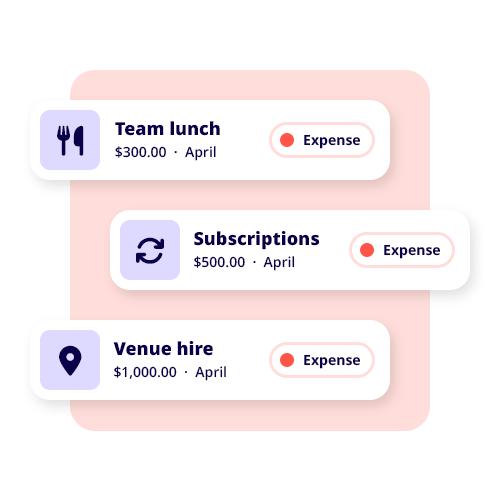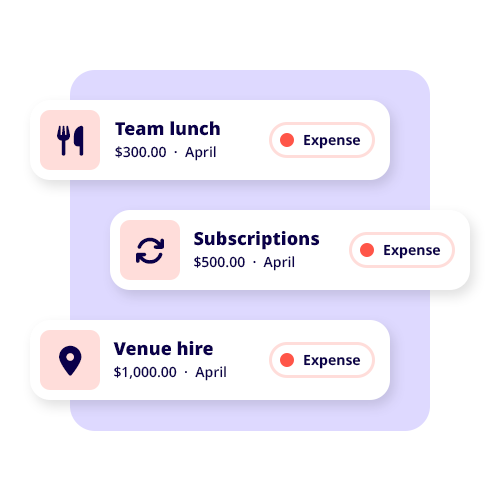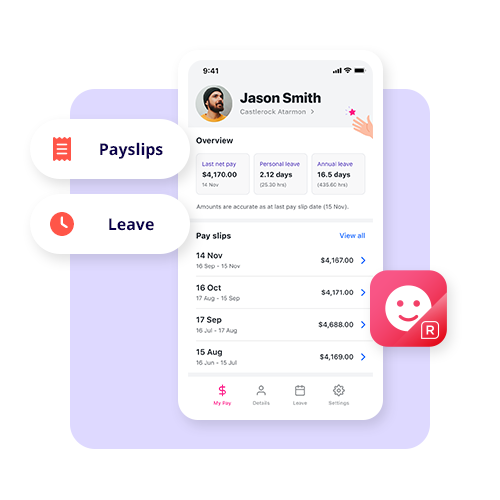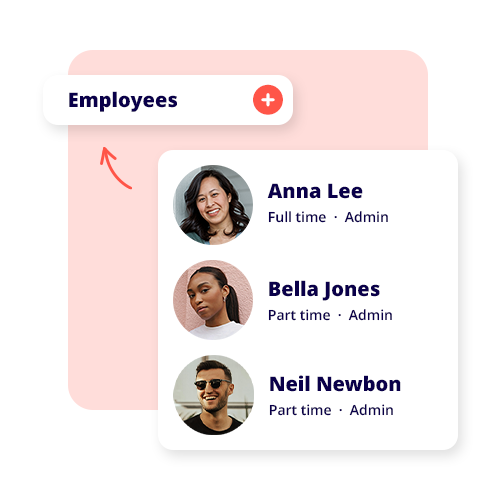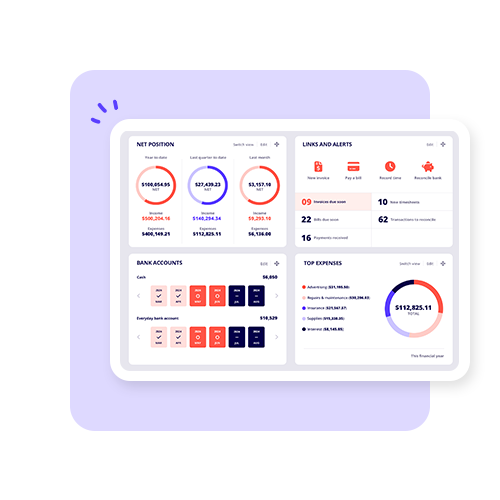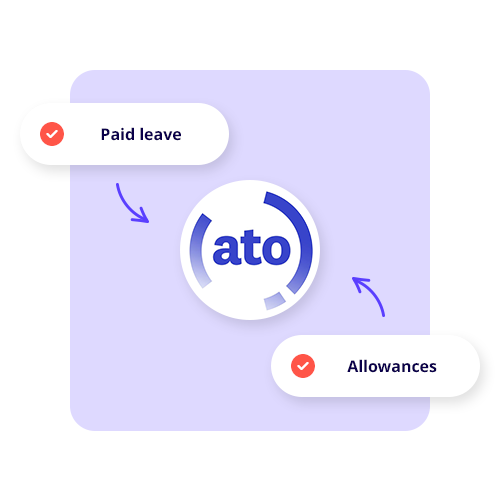Good accounting for a not-for-profit demands compliance, yes – but it’s also about how you steward money and resources, as well as make better decisions for your community. That’s why we’ve created this helpful guide to explain accounting for different not-for-profit organisation types in Australia, including what financial reporting really looks like under Australian Accounting Standards, plus how to prepare financial statements so that your donors, members, boards, and regulators can trust in them.
What counts as an NFP?
Not-for-profit organisations (NFPs) include charities, community services groups, sporting clubs, social enterprises, and associations. The vast majority are Australian charities registered with the Australian Charities and Not-for-profits Commission. Others are not-for-profit entities that aren’t charities (e.g. your local sports club). Ultimately, your category will determine reporting requirements, concessions, and how you recognise income and expenses.
Most NFPs should hold an Australian Business Number (ABN). That’s because your ABN makes it easier to get funding, grants, donations, and engage with employees or contractors. It also connects to applicable taxes, such as PAYG withholding, GST, and (for some entities, but not most) income tax.
Your financial reporting package
Regardless of its size, every NFP will benefit from having good financial statements prepared for every reporting period (usually annual):
- Balance sheet (statement of financial position) showing assets, liabilities, equity, etc.
- Income statement (statement of profit or loss) and, wherever relevant, other comprehensive income to show activity profits or deficits.
- Cash flow statement showing operating, investing, and financing cash flows, plus notes and accounting policies.
Under Australian Accounting Standards, smaller NFPs might be able to use Special Purpose Financial Statements (SPFS). Larger ones, on the other hand, will prepare General Purpose Financial Statements (GPFS). Either way, the overarching goal should be to get an accurate and fair view of your financial position, business operations, and results for the past year.
Chart of accounts built for NFPs
Adopt the National Standard Chart of Accounts so your transactions are coded consistently across programs and in line with NFP sector norms. It’ll save you time, improve comparability, make acquittals to funders far easier, and much more.
Recognising income the NFP way
Revenue in NFPs isn’t one-size-fits-all. So the standard you apply really depends on the nature of the inflow:
- Donations and gifts (no enforceable obligation on how you spend them) are recognised when received.
- Grants and contracts with sufficiently specific performance obligations are recognised over time as you deliver the agreed services or milestones (rather than upfront).
- Membership and program fees are recognised as you deliver benefits.
When you receive goods instead of cash, measure at market value if recognition is appropriate and measurable (e.g. donated laptops or hiring a venue). A number of private NFPs don’t recognise volunteer time as income in their financial statements. If this is the case for you, disclose it in your annual report. If you choose to recognise in-kind services, ensure the accounting standards criteria are met and the market value can be supported with evidence.
3 bookkeeping tricks for not-for-profit organisations

Since not-for-profits have unique reporting requirements, tight bookkeeping is essential.
- Reconcile your bank statements at least monthly so your books match the bank.
- Use accounting software that can handle all your programs and grants. Also invest in secure document storage and simple dashboards.
- Keep a solid audit trail for every dollar – covering who approved it, what it was for, how it links back to your outcomes, etc.
Separate these tasks where possible – in other words, make it so that one person enters transactions and another approves payments. For smaller entities, implement compensating controls, such as dual signatories and regular board-treasurer reviews.
Compliance, reporting, the ACNC and more
If you’re a registered charity, you’ll report to the not-for-profit commission with an Annual Information Statement and, for medium and large charities, an annual report with financial information that meets the correct financial reporting requirements. Non-charity NFPs still need good financial reporting, and some might need to lodge income tax or other returns.
Being exempt from income tax doesn’t mean you aren’t on the hook for other obligations. You might still have to sort your GST, PAYG for employees, and FBT on benefits. Some profit entities and profit organisations have different rules, so don’t copy a for-profit template; instead, ensure it’s suitable for NFP entities.
Policies to keep your not-for-profit compliant
How you handle your money should be written in basic policies that govern your organisation. Address things such as:
- Revenue recognition (donations, grants, membership, services) and in-kind gifts at fair or market value.
- Purchasing and expenses (approval levels, conflicts of interest, reimbursement rules).
- Reserves (how much financial buffer the organisation should have).
- Asset management (resources like laptops).
Include a few worked examples so that your volunteers and staff can apply them. A $25,000 grant with milestones over six months, for example, would be recognised progressively as milestones are delivered, rather than all on day one.
Choosing the right accounting software for NFPs
Look for tools that help you comply and tell your story. Think program/grant tracking (classes, jobs or projects) to tag transactions and report by each funder.
Also, look at simple, board-ready reports that separate restricted versus unrestricted funds. You might also need integrations for payroll and volunteer management. Even if volunteer hours aren’t recognised as income, they’re gold for annual reports.
Cloud systems also support team members spread across various regions. With the right permissions, your treasurer and program leads can collaborate without emailing spreadsheets back and forth.
Year-end checklist for NFPs
- Check all bank deposit balances against statements. Reconcile and investigate anything that doesn’t match up.
- Review revenue deferrals for any unspent restricted funding. Make sure the balance sheet liability shows exactly what you still owe in services.
- Scan for cut-off issues (expenses after year-end that relate to the period).
If you’re not exactly sure how the rules apply to your entities, or whether you’re exempt from income tax, speak with your financial or tax advisor. A short sit-down can save months of clean-up later.






























